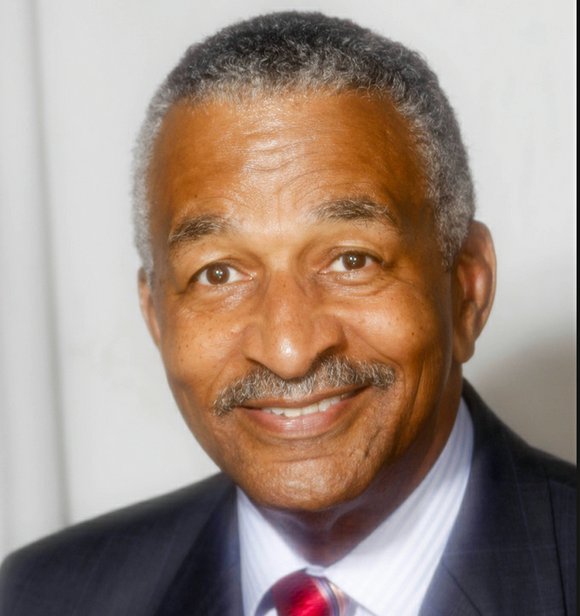Permanent interests
2/17/2017, 9:08 p.m.
James Clingman
A man of vision, strength and determination who practiced what he preached, Floyd McKissick succeeded James Farmer as national director of the Congress of Racial Equality, or CORE, in 1966. And under Mr. McKissick’s leadership, CORE was transformed from an interracial, nonviolent, civil rights organization into a group that promoted Black Power.
In this contemporary era of black folks complaining about gentrification, my memory of Mr. McKissick and how he would respond to this issue stands out. He graphically illustrated the sacrifice, the will and the “can-do” attitude we must have in order to stop the economic and political assaults against us.
I attended North Carolina College, now North Carolina Central University, in Durham, N.C., in the mid-1960s. Mr. McKissick’s name and his legal services were never far from the mouths of students who marched downtown to participate in the restaurant sit-ins.
With what were then called “National Defense Highways” coming through Durham’s Hayti District and other black enclaves under the guise of “urban renewal,” Mr. McKissick’s answer to gentrification was Soul City, N.C., developed by black folks, where black people could feel the pride of ownership and control of their community.
I remember driving to Soul City to take a look. Homes were still being built and businesses had not moved in yet, but I really liked what I saw. It was proof that, despite resistance even from black folks, Mr. McKissick persisted not only with an economic strategy but also with a political strategy.
In April 1991, New York Times writer Glenn Fowler wrote an article about Mr. McKissick’s death at age 69, in which he stated, “Before the 1972 presidential election, Mr. McKissick angered many blacks by switching from the Democratic Party to the Republicans and supporting Mr. Nixon’s re-election campaign. He argued that blacks were ill-advised to put all their hopes in the Democratic Party.”
Mr. McKissick’s political admonition and his economic plan still ring true today. How can we use Brother McKissick’s work to make black history today?
First, we must understand that, politically, we have no permanent friends or enemies, just permanent interests. Then, we must pool and leverage our dollars to gain a significant piece of this rock called the United States, starting with the neighborhoods in which we live.
Buy the property, the vacant lots and the abandoned storefronts, rather than complain about them. Open and support neighborhood black-owned businesses, and grow those businesses to the point of being able to hire black youths.
Real estate development is essential for the economic empowerment of black people. And we have many architects, CPAs, construction management professionals and construction firms that could form strategic alliances to develop large tracts of land. They could transform our neighborhoods into viable communities in a couple of decades. They could get the tax credits and abatements and take advantage of Tax Increment Financing that other developers use to gain ownership and control of various sections of cities.
To make black history, we must use the patterns left by Mr. McKissick, Phillip Payton of Harlem, Herman Perry in Atlanta, Annie Minerva Turnbo-Malone in Chicago, George Tyson in Atlantic Beach, S.C., and Joe Dudley of Dudley Products in Kernersville, N.C. Own the real estate, control it and develop it.
If we develop land, we are being true to what Dr. Amos Wilson suggested. We will be building and celebrating our own pyramids in addition to annually celebrating the pyramids built by our ancestors.
The writer is founder of the Greater Cincinnati African-American Chamber of Commerce.








